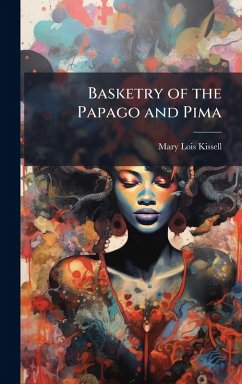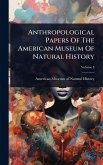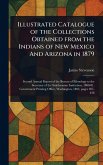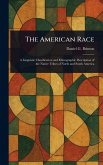"Basketry of the Papago and Pima" offers a detailed exploration of the traditional basket-weaving techniques and cultural significance of the Papago (Tohono O'odham) and Pima (Akimel O'odham) tribes of the American Southwest. Mary Lois Kissell meticulously documents the materials, methods, and designs employed by these skilled artisans, providing valuable insights into their daily lives and artistic expression. Originally published in 1916, this study remains an important resource for understanding the rich heritage of Native American craftsmanship. The book delves into the diverse forms and functions of baskets, from utilitarian vessels to ceremonial objects, highlighting the deep connection between art, culture, and environment. Readers interested in anthropology, Native American studies, or textile arts will find this a compelling and informative read. This work has been selected by scholars as being culturally important, and is part of the knowledge base of civilization as we know it. This work was reproduced from the original artifact, and remains as true to the original work as possible. Therefore, you will see the original copyright references, library stamps (as most of these works have been housed in our most important libraries around the world), and other notations in the work. This work is in the public domain in the United States of America, and possibly other nations. Within the United States, you may freely copy and distribute this work, as no entity (individual or corporate) has a copyright on the body of the work. As a reproduction of a historical artifact, this work may contain missing or blurred pages, poor pictures, errant marks, etc. Scholars believe, and we concur, that this work is important enough to be preserved, reproduced, and made generally available to the public. We appreciate your support of the preservation process, and thank you for being an important part of keeping this knowledge alive and relevant.
Bitte wählen Sie Ihr Anliegen aus.
Rechnungen
Retourenschein anfordern
Bestellstatus
Storno








